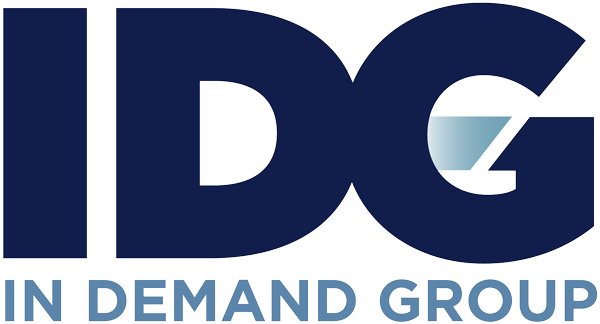When inspiration strikes, as thought leaders, our first reaction is often, “I should do a blog on that.”
But not all blogs are created equal. In fact, some topics, as cathartic of an exercise as it sometimes is to put pen to paper, won’t so much as move the needle on your business.
Quality content is critical. But your blogs have to serve a strategic purpose. Otherwise, they’re just intellectual window-dressing — and, arguably, a waste of time.
As a thought leader, any blog you write should serve one of three purposes for prospects:
- Develop awareness of a problem that you can help them solve
- Drive interest in your products or services as the preferred solution to their pain
- Offer insights, ideas and proof to demonstrate how your approach is different from the status quo
Write these three posts today, and you won’t just have good fodder for your blog, you’ll have three high-quality sales-enablement tools that you can use in follow-ups to build trust, sidestep common objections, schedule second and third meetings and close more deals faster.
Below, we’ve included simple outlines for each of the above ideas. Do yourself a favor: Sit down at your kitchen table or in your office this week, set aside 30 minutes and 600 words each and hammer out the following three posts. Your business will thank you. Read all the way to the end to learn about our 3 Must-Have Posts Challenge.
